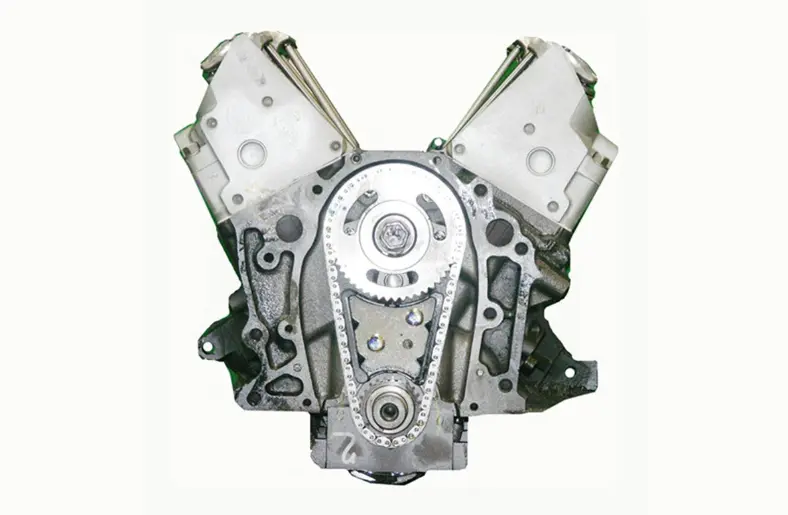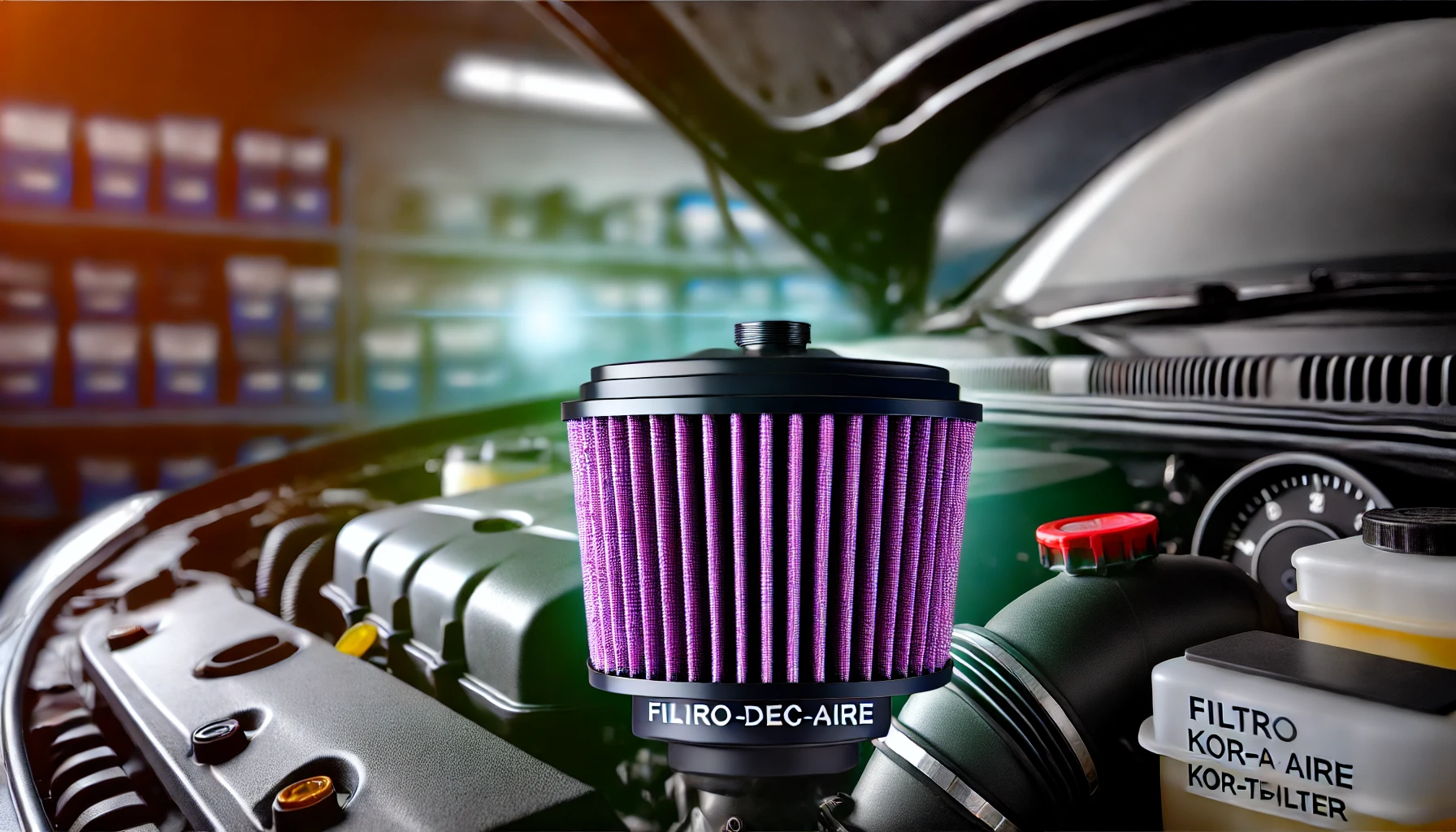The GM a960113153 3.1L V6 engine is one of those power plants that found its way into countless GM vehicles during the 1990s and early 2000s. Known for its balance of power, reliability, and economy, this engine has carved out a solid reputation in the automotive world. Let’s take a deep dive into what makes the a960113153 3.1 engine so iconic and why it still gets people talking even today.
1. History and Evolution of the a960113153 3.1L Engine
You can’t talk about the a960113153 3.1 engine without understanding where it came from. This V6 has its roots in the 2.8L V6, which GM introduced in the early 1980s. By the time the 3.1L version hit the streets, GM had fine-tuned many of the design quirks found in the earlier models, creating a more robust and powerful engine.
The engine made its debut in the early 1990s, finding a home under the hoods of popular cars like the Chevrolet Lumina, Buick Century, and Pontiac Grand Prix. It was produced in two main variants: the L82 (1993–1999) and the LJ8 (1999–2005). Each version had its own improvements but kept the basic formula: a reliable, fuel-efficient engine that could power a family sedan or a sporty coupe with ease.
2. Key Specifications of the a960113153 3.1L Engine
Let’s break down what’s under the hood of the a960113153 3.1 engine:
- Displacement: This engine has a displacement of 3.1 liters, which translates to 191 cubic inches. Displacement refers to the total volume of air/fuel mixture an engine can draw in during one cycle of all cylinders, and it gives a good idea of the engine’s size.
- Bore and Stroke: The bore is 3.5 inches, and the stroke is 3.31 inches. These measurements define the diameter of the cylinders and the length the pistons travel inside them. Together, these contribute to the engine’s efficiency and power output.
- Horsepower and Torque: The L82 version produces between 140-155 horsepower, while the LJ8 variant upped the game to 170-175 horsepower. Torque, the real muscle behind the movement, ranges from 185 lb-ft to 195 lb-ft.
- Compression Ratio: The engine’s compression ratio sits between 9.5:1 and 9.6:1, which contributes to its ability to generate decent power while maintaining efficiency.
For a V6 from its era, the a960113153 3.1 engine performed admirably, especially considering the fuel economy it delivered.
3. Design Features of the a960113153 3.1L Engine
GM didn’t reinvent the wheel when designing the a960113153 3.1 engine, but they made sure to pack it with features that would ensure long-lasting performance. The engine’s 60-degree V6 design allows for a more compact and balanced layout, which improves vehicle handling.
Here’s a closer look at the design features:
- Cast Iron Block & Aluminum Heads: The combination of a cast iron block and aluminum heads is perfect for balancing durability and weight savings. The cast iron block provides toughness, while the aluminum heads help keep the engine lightweight and cool.
- Cam-in-Block: Unlike overhead cam designs, this engine keeps the camshaft in the block, using pushrods to actuate the valves. It’s a simpler and more robust system, which contributes to the engine’s reliability.
It’s not flashy, but it’s built to last, which is probably why so many are still running strong today.
4. Performance Overview
For drivers, the a960113153 3.1 engine offered a nice balance between performance and fuel efficiency. With 140-175 horsepower, it’s no race car engine, but it provides more than enough grunt to handle daily driving, road trips, and even some spirited highway overtaking.
The real star here is the fuel economy. Most vehicles equipped with the 3.1L V6 could get between 26-31 miles per gallon on the highway, which is impressive for a V6 of this size and power. It wasn’t just about going fast—it was about getting where you needed to go without burning a hole in your pocket.
5. Common Issues and Maintenance Tips
No engine is perfect, and the a960113153 3.1 engine has its quirks. The most notable issue is the infamous leaking lower intake manifold gasket. This problem became common as these engines aged, leading to coolant leaks that could result in engine overheating if left unchecked. If you spot any coolant puddles or notice a drop in engine performance, it’s time to check those gaskets.
Here are some tips for keeping the a960113153 3.1 engine in top shape:
- Check for Coolant Leaks: A leaking intake manifold gasket can cause coolant and oil to mix—bad news for your engine. Keep an eye on fluid levels and check for any suspicious leaks.
- MAF Sensor Maintenance: The Mass Airflow (MAF) sensor can also cause issues, leading to rough idling or poor performance. Cleaning or replacing the sensor can solve these problems.
- Regular Oil Changes: Like any engine, the 3.1L V6 thrives on clean oil. Stick to a regular oil change schedule to keep things running smoothly.
6. Applications of the a960113153 3.1L Engine
One of the great things about the a960113153 3.1 engine is its versatility. GM used this engine in a wide range of vehicles, including:
- Chevrolet Lumina (1990-1995)
- Buick Century (1994-1999)
- Pontiac Grand Prix (1994-1999)
- Oldsmobile Cutlass Ciera
This engine’s ability to power family sedans, coupes, and even some SUVs made it a popular choice across GM’s lineup.
7. Comparing the a960113153 3.1L with Other V6 Engines
When comparing the 3.1L V6 to other engines of its time, like the GM 3.4L and the 3800 V6, it holds its own in terms of reliability and fuel economy. While it didn’t have the raw power of the 3.4L or the smooth refinement of the 3800 V6, it found a sweet spot between the two.
Pros of the a960113153 3.1 engine:
- Fuel Efficiency: It performed better in terms of fuel economy compared to its larger counterparts.
- Low Maintenance: Fewer complex components meant easier upkeep.
8. The Legacy of the a960113153 3.1L Engine
Even though GM ceased production of the a960113153 3.1 engine in 2005, its legacy lives on in the form of reliable, well-maintained vehicles still on the road today. Enthusiasts appreciate its simple design, which makes it relatively easy to maintain or rebuild. In fact, this engine has become somewhat of a cult favorite for those who enjoy keeping their older GM vehicles running strong.
Conclusion
The GM a960113153 3.1L V6 engine may not have been the flashiest engine of its time, but it was certainly one of the most reliable and efficient. With a history rooted in the evolution of GM’s V6 lineup, this engine continues to power older vehicles on the road today. Whether you’re a classic car enthusiast or someone looking to maintain an older GM model, understanding the ins and outs of the a960113153 3.1 engine can help you keep it running smoothly for years to come.





